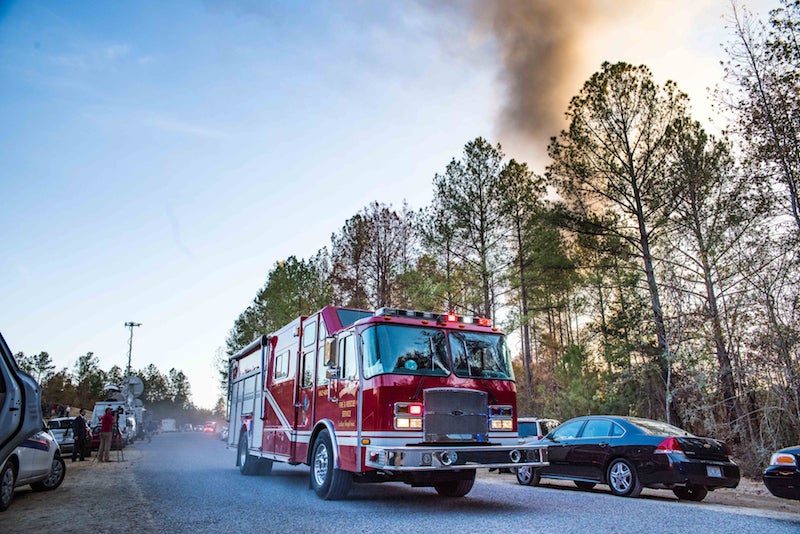NTSB releases accident brief from 2016 Helena pipeline explosion
Published 5:28 pm Thursday, December 12, 2019

- The National Transportation Safety Board released a pipeline accident brief on Dec. 12, detailing the probable cause of a gasoline transmission pipeline explosion near Helena on Oct. 31, 2016. (File)
By GRAHAM BROOKS / Staff Writer
HELENA – More than three years after an accidental gas pipeline explosion occurred near the Helena city limits, the National Transportation Safety Board released a pipeline accident brief on the event that caused the death of two excavation crew workers and injuries to four other workers.
The NTSB released the 10-page brief on Tuesday, Dec. 10, detailing the accident, background information and probable cause of the gasoline transmission pipeline explosion and fire that occurred on Oct. 31, 2016.
The accident occurred at 2:47 p.m. local time that day when a contractor damaged the Colonial Pipeline Company’s 36-inch diameter refined liquid petroleum transmission pipeline, known as line one, while conducting excavation work.
The damage resulted in a release of gasoline from the pipeline, which ignited and burned for several days. Two excavation crew workers died, and four other workers were injured.
In the report, the NTSB determined that the probable cause of the explosion was “the excavation crew’s inadequate planning, coordination and communication during the excavation and failure to adhere to company policy requiring hand excavation if closer than two-feet from the top or bottom of the pipeline until the pipeline has been exposed, which allowed the track-hoe to damage the pipeline.”
The report stated that the two Colonial contractors involved in the accident were L.E. Bell Construction Company and Superior Land Designs, LLC.
The excavation work being performed that day was to expose a series of Thread-O-Ring (TOR) fittings on line one in preparation for upcoming maintenance work to inject nitrogen into line one during the removal of a temporary bypass pipe used to repair a previous leak that had occurred on Sept. 9, 2016 at a location about 5.5 miles downstream.
Further in the report, the NTSB said that “during the investigation of the accident, an area of the accident site was excavated by hand, which exposed a segment of the pipeline and the four TOR fittings that were attached to the top surface of the pipe. The examination revealed that one of the TOR fittings had been damaged in the accident.”
On page seven of the brief, the NTSB details an account of the accident from the Superior Land Designs project inspector.
“He heard what he thought at the time was the bucket of the track-hoe scratching rock on the third scratch of the track-hoe bucket and then ‘a wall of gasoline’ struck him in the face, spraying from the excavation site.”
The project inspector also stated that “upon seeing the released gasoline, he was concerned that a fire would start. He stated that he screamed at the L.E. Bell crewmembers to run, and he turned and ran toward the nearby wooded area.”
The L.E. Bell superintendent told NTSB investigators that he saw the track-hoe operator walking away from the spraying gasoline, but then he saw him turn around and walk back toward the spray when the fire ignited. The L.E. Bell superintendent told NTSB investigators that he saw sparks close to a nearby power line just prior to ignition. There were also several internal combustion engines operating at the time of the fire ignition.
To read the full NTSB pipeline accident brief, visit Ntsb.gov/investigations/AccidentReports/Reports/PAB1904.pdf.









